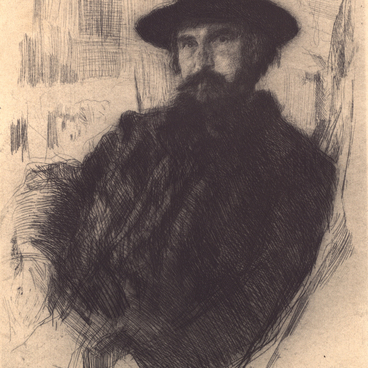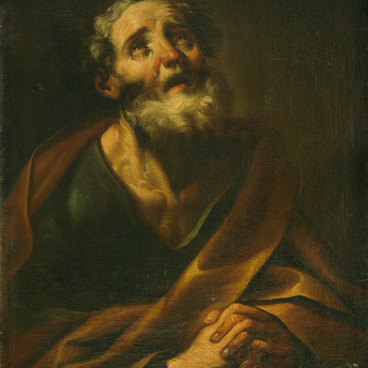The unknown artist of the first quarter of the 19th century from the studio of A.S. Brodowski (1784 — 1832) created the portrait of Julian Niemcewicz exhibited in the Kaluga Museum of Fine Arts. Brodowski was a representative of classicism in Polish pictorial art and one of the best portrait painters of his time. His mentors were Felix Ivo Leicher, Kappler and others. He lived in Paris for several years studying painting art with Jacque-Louis David and Francois Gerard. Then he returned to Warsaw, where he won a gold medal for his painting Saul’s Anger at David and received the position of professor of drawing and painting with the Fine Arts Department of the University of Warsaw.
Brodowski was a member of the Society of Fiends of Science created in Warsaw in 1800 comprising representatives of Polish artistic intellectuals, scholars, actors, military representatives.
In 1820, in the studio of Antoni Brodowski his apprentices created the portrait of Julian Ursyn Niemcewicz (1758 — 1841), Polish poet, writer, one of the outstanding representatives of Polish culture of the Age of Enlightenment. At the same time, Niemcewicz was a prominent politician of Poland in the late 18th – the first three decades of the 19th century; he was the member of the Sejm and participated in the national liberation movement; he was the personal aide of Thaddeus Kosciusko (the national hero of Poland, a military and political activist). The museum of the Society of Fiends of Science holding the portraits of his members.
For Julian Niemcewicz himself the artist privately painted a chamber version of the formal portrait, but this time it was only a chest-high portrait. It was kept in Niemcewicz’s estate Skoki in the area of Brest-Litovsk. During World War I, in 1914–1917, artistic values from Polish provinces (including Skoki estate) were exported to Kaluga province. After the October revolution of 1917, Kaluga museum received the nationalised paintings from this estate. In 1936, Polish portraits were repatriated, and the portrait of Niemcewicz (first identified as the portrait of Neledinsky-Melescki) stayed in Kaluga – it became the part of the collection of Kaluga Museum of Fine Arts.
Brodowski was a member of the Society of Fiends of Science created in Warsaw in 1800 comprising representatives of Polish artistic intellectuals, scholars, actors, military representatives.
In 1820, in the studio of Antoni Brodowski his apprentices created the portrait of Julian Ursyn Niemcewicz (1758 — 1841), Polish poet, writer, one of the outstanding representatives of Polish culture of the Age of Enlightenment. At the same time, Niemcewicz was a prominent politician of Poland in the late 18th – the first three decades of the 19th century; he was the member of the Sejm and participated in the national liberation movement; he was the personal aide of Thaddeus Kosciusko (the national hero of Poland, a military and political activist). The museum of the Society of Fiends of Science holding the portraits of his members.
For Julian Niemcewicz himself the artist privately painted a chamber version of the formal portrait, but this time it was only a chest-high portrait. It was kept in Niemcewicz’s estate Skoki in the area of Brest-Litovsk. During World War I, in 1914–1917, artistic values from Polish provinces (including Skoki estate) were exported to Kaluga province. After the October revolution of 1917, Kaluga museum received the nationalised paintings from this estate. In 1936, Polish portraits were repatriated, and the portrait of Niemcewicz (first identified as the portrait of Neledinsky-Melescki) stayed in Kaluga – it became the part of the collection of Kaluga Museum of Fine Arts.



